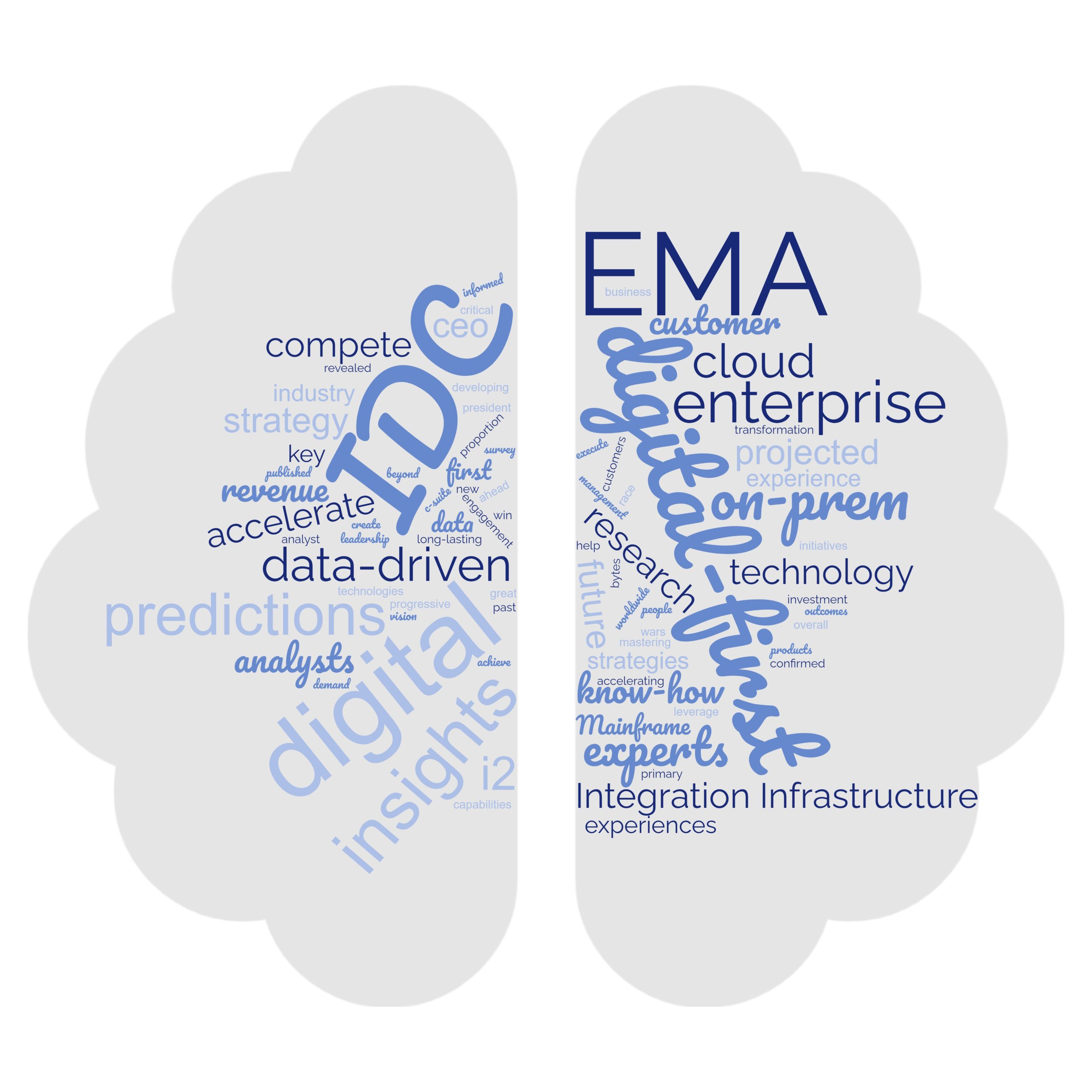The term ‘big data’ is used so commonly in research and marketing terms, you would think it’s been here forever. But actually, big data evolved from database marketing (read first efforts of targeted direct mail) in the mid to late 1980’s.

The term ‘big data’ is used so commonly in research and marketing terms, you would think it’s been here forever. But actually, big data evolved from database marketing (read first efforts of targeted direct mail) in the mid to late 1980’s.

As systems get ever more complicated with more layers in the application stack, it can become more difficult to keep track of what is happening at all of the different, discrete levels and this is where distributed tracing comes into play.

Industry analysts do primary research and two of the best, IDC and EMA (Enterprise Management Associates), have recently published some great insights for enterprises in 3 areas:
1.Digital First
Analyst firm IDC has revealed that their “Key Predictions for 2022 and Beyond” include that companies are dramatically accelerating their “Digital-first” initiatives to win in the customer experience (CX) wars and the race to increase digital revenue streams.

Today, I would like to simplify the technical advantage that Nastel Technologies offers its clients. In a nutshell, Nastel is the leader in i2M (Integration Infrastructure Management) by managing a multi-middleware-platform infrastructure (MQ, Tibco, Kafka, Solace, …) from one interface.
One of my clients recently shared that their boss told them to pick one middleware environment to address all their needs, which would come with its management software.

Integration is now the #1 IT expense category at many enterprises and new complexities increase the burden on Service Delivery, CI/CD, IBM MQ administration, and other “integration professionals” every day. Your enterprise has Microservices, Mobile, Mainframes, Cloud, and more applications and application updates than you can count and it takes the routing of transactions, messages and more through a rapidly growing integration infrastructure layer to make it all work together. That is now a trend.
